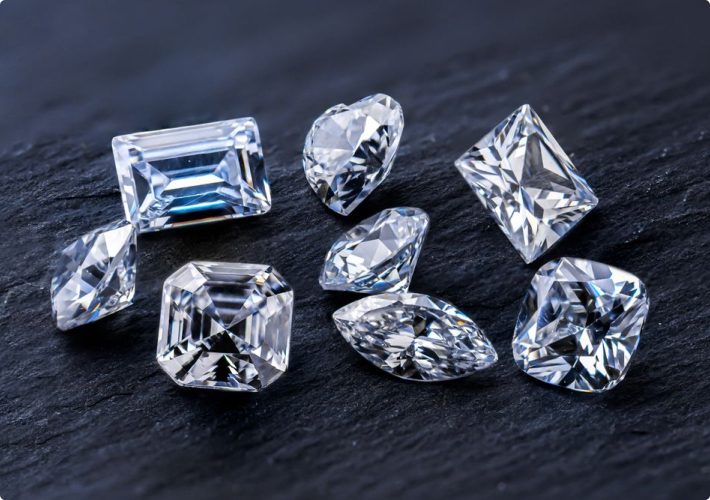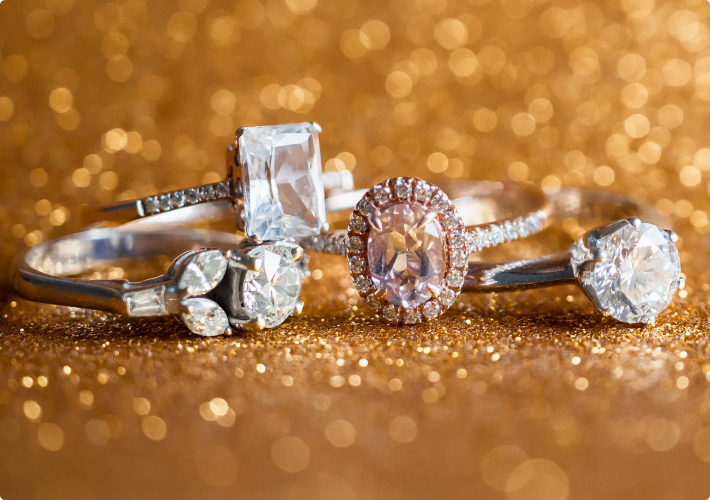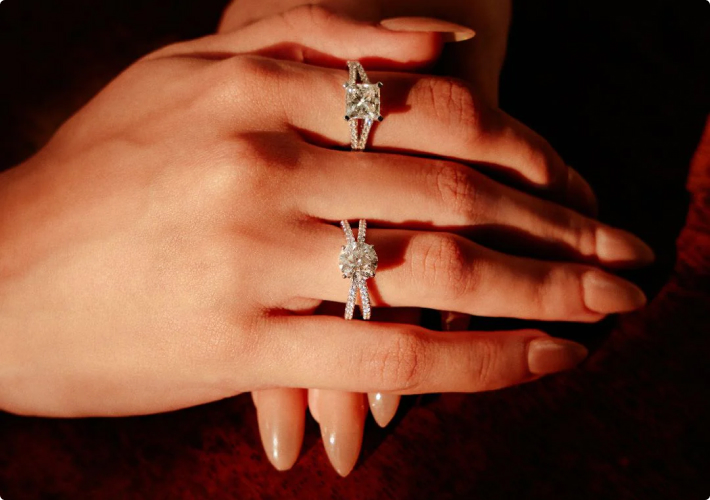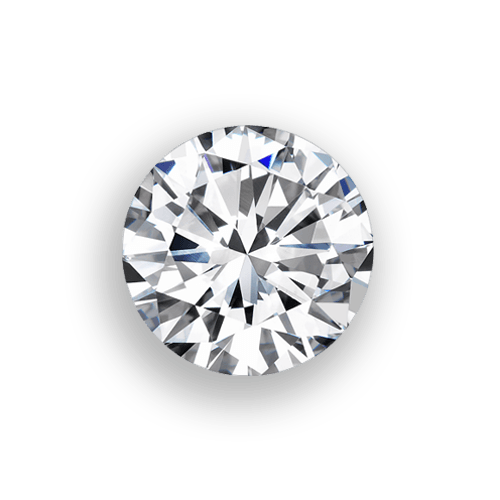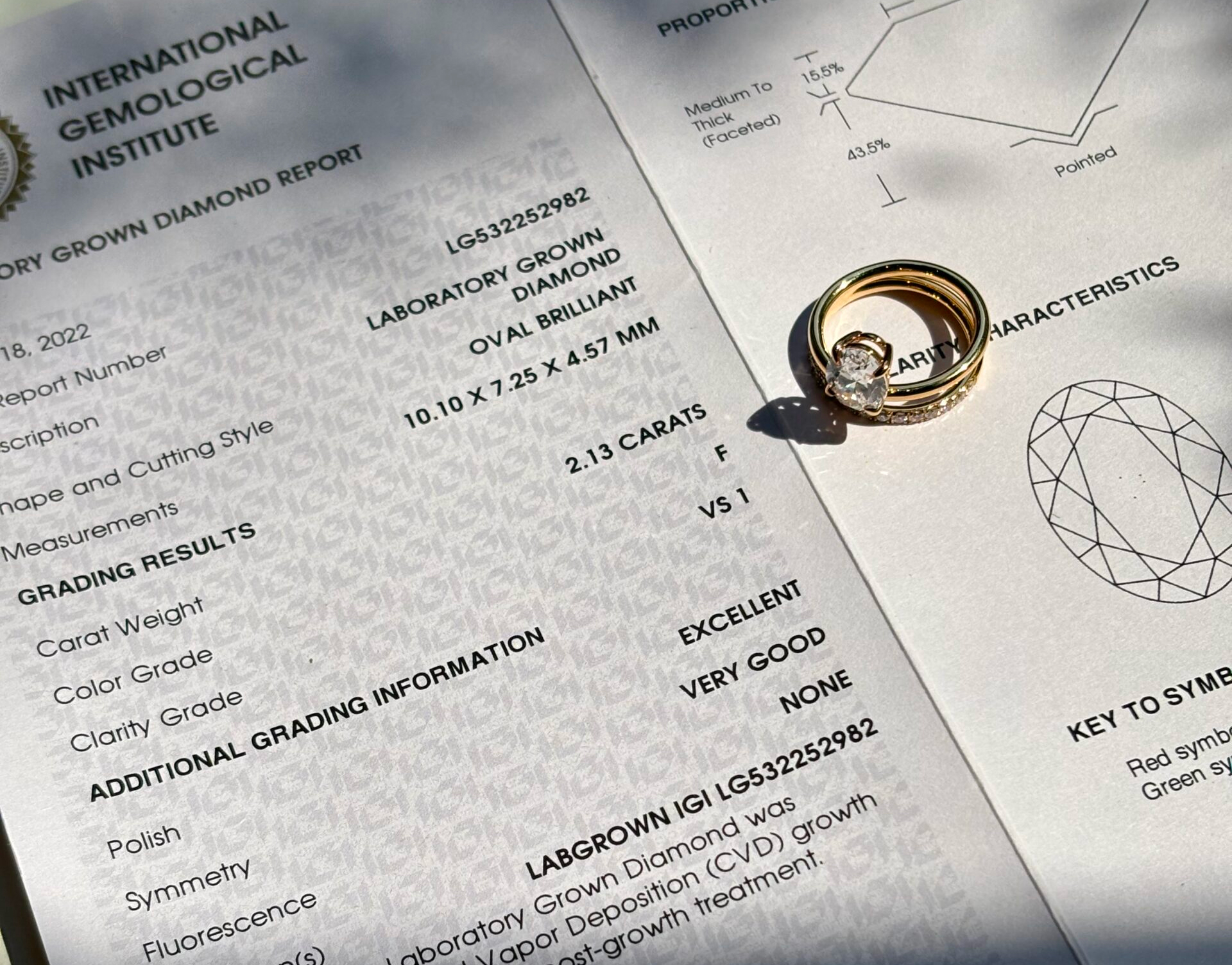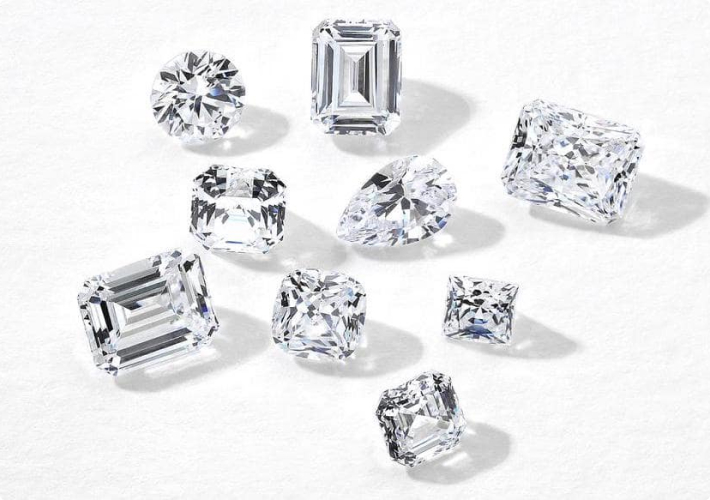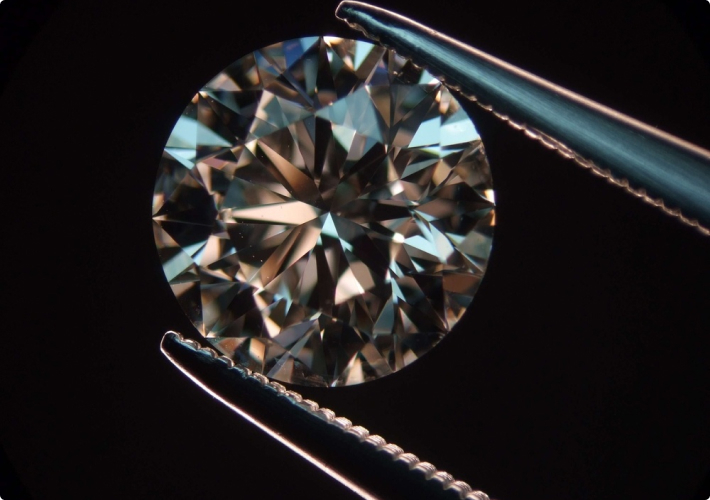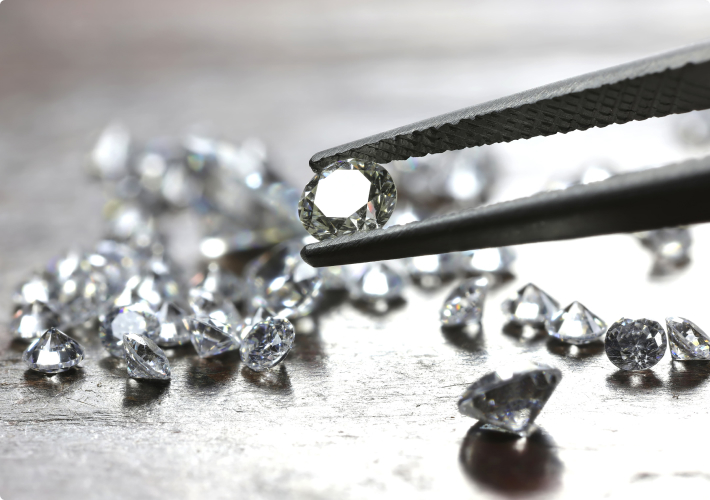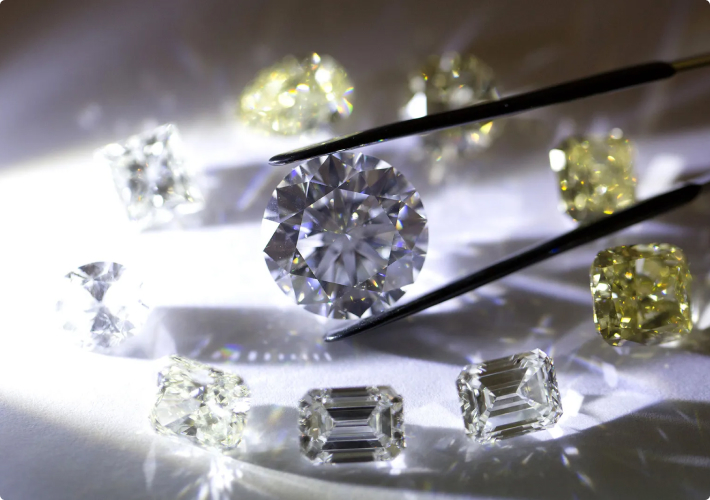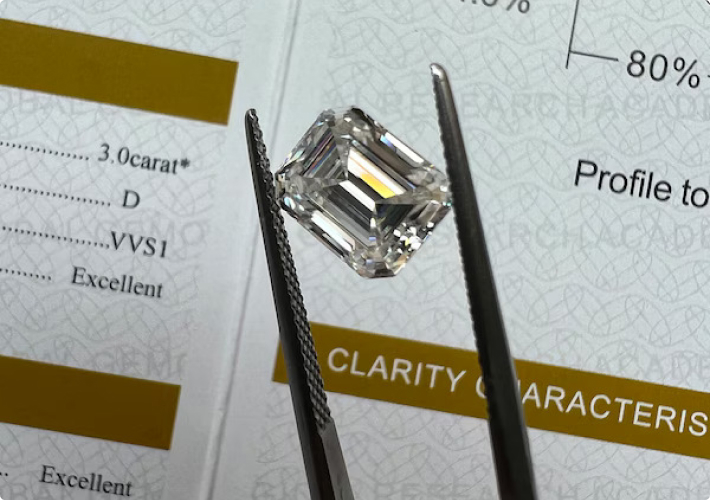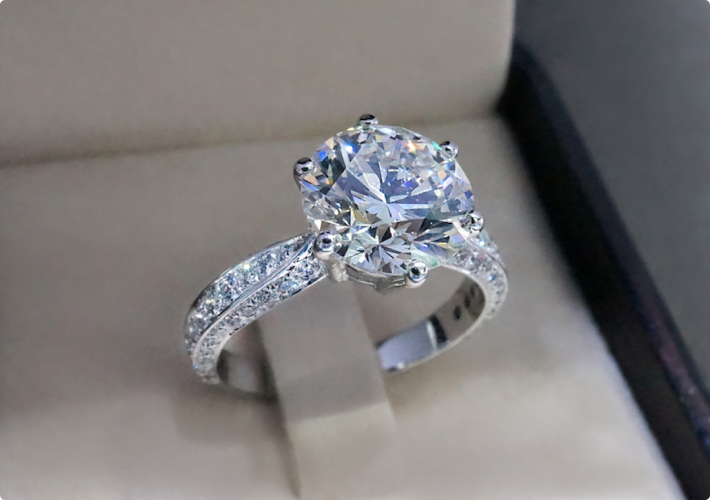- My Wish List
- Profile
-
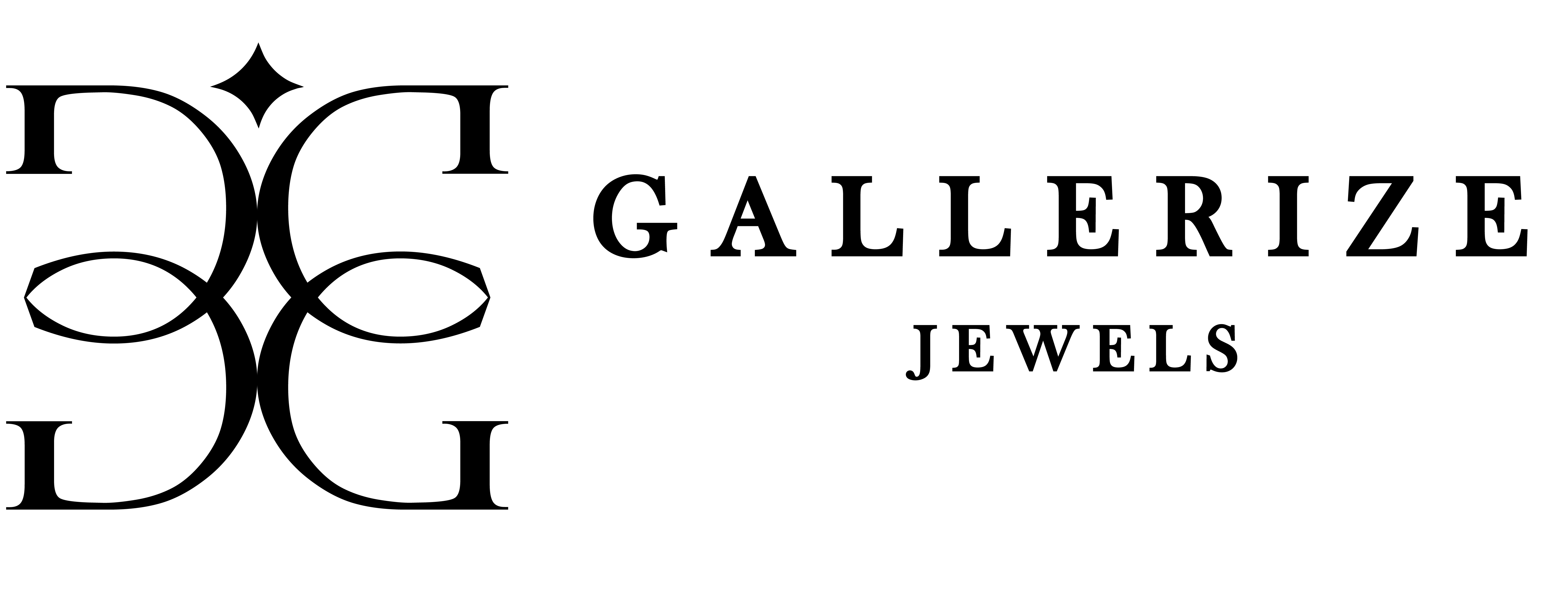
Select your country for shipping and currency
LAB DIAMONDS
SHOP BY SHAPE
DESIGN YOUR OWN
DIAMOND GUIDES
DESIGN YOUR OWN ENGAGEMENT RING
SHOP BY SHAPe
ENGAGEMENT RING STYLES
WOMEN
MEN
WOMEN'S BY METAL
MEN'S BY METAL
SHOP BY STYLE
DESIGN YOUR OWN
TOP GIFTS
GIFTS BY RECIPIENT
GIFTS BY OCCASION
GIFTS WITH MEANING
DESIGN YOUR OWN
MORE GIFT IDEAS
